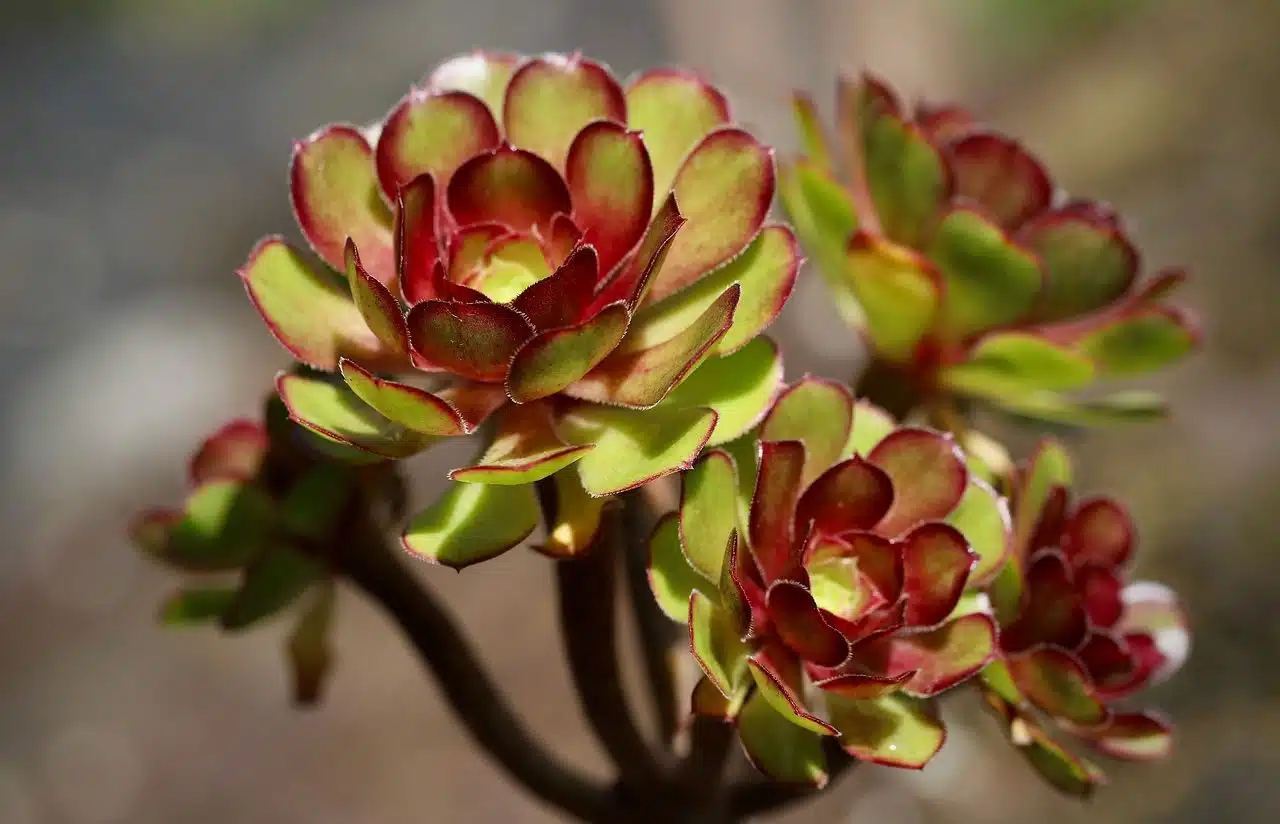
The concept of rosette is used in botany.
Roseta is a diminutive of rose (a color, a kind of flower). The first meaning recognized by the dictionary of the Royal Spanish Academy ( RAE ) refers to a spot that can appear on the cheeks.
For botany , rosette is the way in which certain leaves are arranged so that they form a circle, all located at the same height. This is seen in a large number of perennial plants; more precisely, those whose leaves remain at ground level throughout the winter (this is known as a basal rosette ).
Characteristics of rosettes in botany
Several botanical families have formations of these characteristics, especially the Brassicaceae and the Asteraceae ; certain types of crassulaceae , on the other hand, have a particular rosette appearance, with succulent leaves (that is, they are thicker than usual, since inside they store water in large proportions to overcome droughts).
A clear example of plants with rosettes is the so-called Taraxacum officinale , the scientific name of dandelion or bitter chicory . It belongs to the Asteraceae family and has several uses in the world of gastronomy , as well as in traditional medicine .

Rosette corn is also known as popcorn or popcorn.
Measurement of the deformation state of a material
The strain rosette , for its part, is a set of three strain gauges used to measure the state of deformation of a material in the plane. A strain gauge (also known as an extensometer ) is a sensor used to measure deformation, load, pressure or position, among other variables, and is based on the property called the piezoresistive effect of some materials, which leads them to give a different nominal value for their resistance if they are subjected to certain stresses and present a deformation towards the mechanical axes.
Using a strain rosette involves measuring normal strain in the x and y axes in addition to in-plane shear. Since the gauge only serves to calculate the normal deformation, it is very common that it is more effective to use a rosette.
The rosette as a flower-like decoration
In the field of architecture and ornamentation , a rosette is a flower- like ornament that arranges its petals radially. The Greeks, Egyptians and Romans already used rosettes in ancient times to decorate sculptures and buildings.
Although the exact origin of the rosette as an ornamental element is unknown, it is known that around the year 4000 BC. C. it was used in Egypt . Other sites in which this form was adopted for architecture were Mesopotamia and Central Asia , and the elements that were decorated with it ranged from stelae to works of Greco-Buddhist art.
Other uses of the term
In some countries , the sector of a shower or shower where the water comes out is called a rosette. For example: “I have to clean the rosette because it is covered with scale and I can't bathe normally” , “The holes in the rosette are too big: I'm afraid the plants will drown if I use this watering can” .
Rosettes, finally, is the name given in certain regions to roasted corn that opens as if it were a flower. Rosettes are also known as pochoclos , pororós , popcorn and popcorn .
To make rosettes, place corn kernels in a container with a little oil. This container is covered and placed on the fire : little by little, the grains will begin to “explode” , opening up. Rosettes can be eaten with salt or caramelized and are a very popular food in movie theaters, or even when watching a movie at home; in fact, they could be said to be an icon of such activity.
